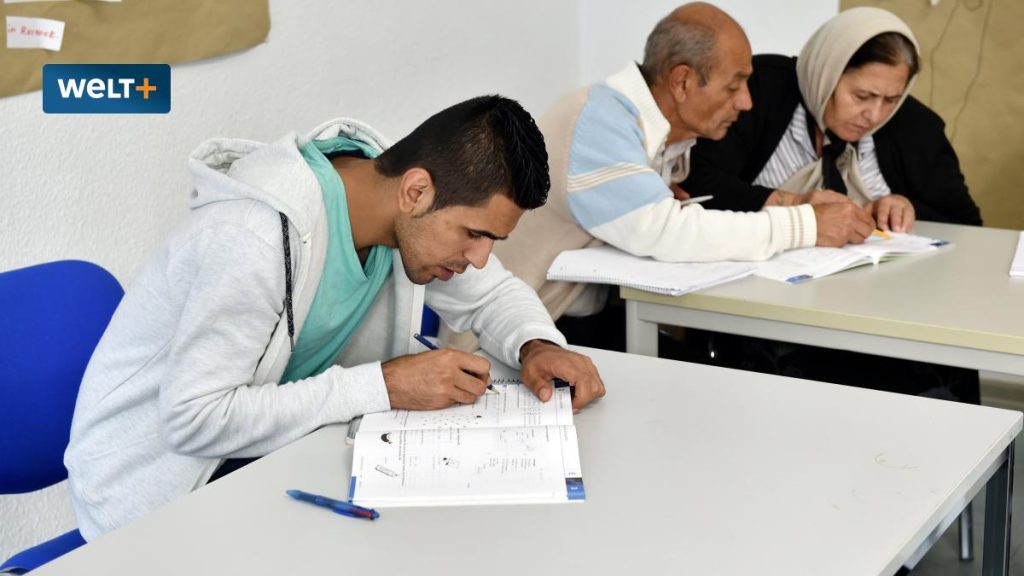Language and integration courses, which are crucial for immigrants to successfully integrate into society, are facing potential chaos, according to recent reports. The demand for these courses is on the rise due to the increasing number of immigrants arriving in the country. However, there are concerns that the current infrastructure and resources may not be able to handle the influx of students.
One of the main challenges facing language and integration courses is the lack of qualified teachers and suitable teaching materials. Many courses are currently understaffed, leading to overcrowded classrooms and a decrease in the quality of education provided. In addition, the curriculum and materials used in these courses may not be tailored to the specific needs and backgrounds of the students, making it difficult for them to fully engage and progress in their learning.
Another issue contributing to the potential chaos in language and integration courses is the lack of coordination between different government agencies and organizations involved in the provision of these courses. This lack of communication and collaboration results in duplicate efforts, wasted resources, and confusion among students seeking to access these services. Without a comprehensive and cohesive approach to language and integration education, it becomes increasingly challenging to effectively support immigrants in their integration process.
Furthermore, the current funding and budget allocations for language and integration courses may not be sufficient to meet the growing demands. As the number of immigrants continues to rise, there is a need for increased investment in these programs to ensure that all individuals have access to quality education and support services. Without adequate funding, there is a risk that essential services may be cut or reduced, further exacerbating the challenges faced by immigrants seeking to integrate into society.
To address these issues and prevent potential chaos in language and integration courses, there is a need for a coordinated and proactive approach from government agencies, educational institutions, and other relevant stakeholders. This approach should involve better coordination of resources, increased investment in programs, and improved communication and collaboration between all parties involved. By working together to address the challenges faced by language and integration courses, society can better support immigrants in their integration process and ensure that all individuals have the opportunity to thrive in their new home.
Overall, the potential chaos in language and integration courses highlights the need for a more comprehensive and sustainable approach to supporting immigrants in their integration process. By addressing the challenges of staffing, resources, coordination, and funding, society can ensure that all individuals have access to quality education and support services as they work to build a new life in their new home. With the right investments and strategies in place, language and integration courses can effectively support immigrants in their journey towards successful integration into society.


